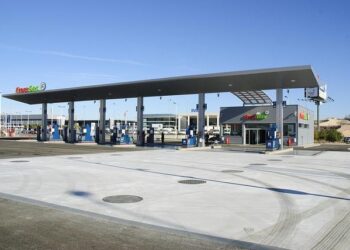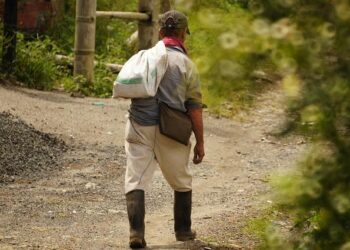Armenia finds itself at a complex crossroads where ambitious reform initiatives on paper contrast sharply with entrenched nationalist rhetoric and symbolic posturing. This paradox, dissected in a recent analysis by AzerNews, highlights the challenges facing Yerevan as it navigates pressures for political and economic modernization amid persistent regional tensions with Azerbaijan. The article explores how Armenia’s official commitments to peace and progress often coexist uneasily with symbolic claims that fuel discord, revealing the intricate dynamics shaping the country’s path forward.
Armenia’s Reform Challenges Amid Symbolic Peace Efforts
Despite recent symbolic gestures aimed at fostering peace, Armenia grapples with deep-seated reform challenges that undermine its progress. The government’s commitment remains tested by entrenched political interests and bureaucratic inertia, making it difficult to translate high-level agreements into tangible change. Meanwhile, civil society continues to push for greater transparency and democratic reforms, but their efforts are often overshadowed by political rhetoric focused more on symbolism than substance.
Key reform challenges facing Armenia include:
- Judicial independence hampered by political influence
- Resistance to economic diversification beyond traditional sectors
- Limited media freedom despite promises of liberalization
- Corruption embedded within various levels of government
| Reform Area | Status | Impact |
|---|---|---|
| Judicial System | Stalled | Weak rule of law |
| Economic Policy | Partial Progress | Limited growth diversity |
| Media Freedom | Restricted | Heightened censorship |
| Anti-corruption Measures | Inconsistent | Public distrust |
Assessing the Gap Between Official Claims and Ground Realities
While official rhetoric in Armenia champions sweeping reforms and a return to stability, the lived experiences of citizens paint a starkly different picture. Many regions continue to wrestle with economic stagnation, limited access to essential services, and persistent social unrest. These discrepancies highlight a growing disconnect between government narratives and the socio-economic realities on the ground. Key indicators – from unemployment rates to infrastructure development – show minimal progress, suggesting that official claims largely serve symbolic or political purposes rather than tangible improvements.
Examining recent data reveals systemic challenges that underpin this paradox. The following factors contribute to widening the gap:
- Inadequate implementation of policy frameworks despite ambitious public pronouncements.
- Insufficient transparency and accountability mechanisms within reform initiatives.
- Limited engagement with local communities resulting in misaligned priorities.
| Indicator | Official Report | Independent Assessment |
|---|---|---|
| Economic Growth | +4.5% | +1.2% |
| Unemployment Rate | 8.0% | 14.5% |
| Infrastructure Projects Completed | 15 | 5 |
Strategic Recommendations for Sustainable Political and Economic Progress
To bridge the gap between political rhetoric and tangible progress, Armenia must pursue a multi-faceted approach centered on institutional integrity and economic resilience. Prioritizing judicial independence and transparent governance can dismantle entrenched patronage networks that hinder reform. Simultaneously, strengthening civil society participation will enhance accountability and foster an environment where policy-making reflects broader societal interests rather than narrow political gains.
Economic diversification stands as a pillar for sustainable growth. Investing in sectors like information technology, renewable energy, and agriculture modernization will reduce reliance on remittances and traditional industries vulnerable to external shocks. Below is a strategic framework outlining key focus areas for reform implementation:
| Domain | Strategic Focus | Expected Outcome |
|---|---|---|
| Governance | Judicial reform, Anti-corruption measures | Increased public trust, rule of law enforcement |
| Economic | Diversification, SME development, Foreign investment incentives | Resilient economy, job creation |
| Social | Education reform, Media freedom | Empowered citizenry, improved human capital |
- Enhance regulatory frameworks to attract and protect foreign direct investment.
- Promote regional cooperation to leverage trade and infrastructure partnerships.
- Focus on sustainable development goals to ensure long-term socio-economic stability.
Concluding Remarks
As Armenia continues to navigate the complex terrain of political and social reform, the contrast between official declarations and on-the-ground realities remains stark. While the symbolic gestures of peace and progress are prominently displayed on paper, the challenges embedded within the nation’s reform agenda suggest a more nuanced and cautious outlook. Moving forward, close attention will be needed to assess whether these claims translate into substantive change or remain confined to the realm of symbolism, shaping Armenia’s trajectory in the years ahead.


![Peace on paper, claims in symbols: Armenia’s reform paradox [ANALYSIS] РAzerNews](https://europ.info/wp-content/uploads/2025/10/3027475-peace-on-paper-claims-in-symbols-armenias-reform-paradox-analysis-azernews-600x375.jpg)













